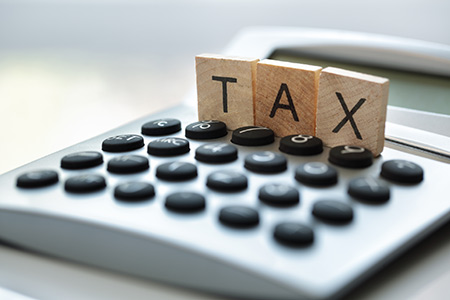What can you do to save tax on your investments, if you have already made full use of your ISA allowance? In this article we consider two strategies which can help mitigate unnecessary taxes on your investments. First, you can make prudent decisions about which assets to put into an ISA and which to hold elsewhere. Second, you can explore other tax-efficient vehicles for holding your capital, assuming these are in line with your financial goals.
Choosing what to put into an ISA
UK taxpayers enjoy a range of generous tax allowances outside of their ISA.
For instance, in 2021-22 you can put up to £20,000 into a Cash ISA where any interest you make will be tax free, but you can also make up to £1,000 in interest outside of an ISA as a basic rate taxpayer (£500 for those on the higher rate), using your personal savings allowance. As such, putting lots of cash into an ISA rather than stocks or open-ended investment companies could, in some cases, be considered a waste.
Depending on your situation, income-generating investments may be better held in an ISA, compared to assets which provide no income but are held because investors expect their value to increase over time, as they can often be covered by using your annual capital gains tax exemption of £12,300 and offset against any available losses.
Remember that in 2021-22 you can generate up to £2,000 from dividends held outside an ISA, without the income getting taxed.
Other tax-efficient wrappers and vehicles
ISAs are incredibly useful tools for mitigating unnecessary taxes on investments. Yet they are not the only one at your disposal. In particular, funding your pension can be a powerful way to save for the future, with tax relief available at up to 45%. The most you can usually put into a pension each year is £40,000 or up to your annual earnings, if these are lower. However, you may be able to put in more if you have any unused annual allowance from the past three tax years.
For married couples and civil partners, there is also the option of transferring shares or other assets to your spouse/partner. This can be a great tax mitigation strategy if your allowances and ISA have been used up, but theirs have not. Combined, in 2021-22 this gives you a personal savings allowance of £2,000 (instead of £1,000), a capital gains tax allowance of £24,600 (not £12,300), a dividend allowance of £4,000 (rather than £2,000) and an ISA allowance of £40,000 (not £20,000). For those with children, you could also open a Junior ISA for each child which lets you save up to £9,000 in each account for when they turn 18, tax-free.
Finally, investors can also explore other options which offer tax benefits. Venture Capital Trusts (VCTs) and the Enterprise Investment Scheme (EIS) let you claim back 30% income tax relief on your investment. You also do not need to pay capital gains tax on shares held beyond the minimum required period, although EIS also allows you to defer a capital gains tax liability. This latter feature can make EIS especially useful for those who recently received a large bonus or have sold a business and may otherwise be facing a large income tax and/or capital gains tax bill.
Invitation
If you would like to discuss your financial plan and investment strategy, then we would love to hear from you. Get in touch with your Financial Planner here at Vesta Wealth in Cumbria, Teesside and across the North of England.
Reach us via:
t: 01228 210 137
This content is for information purposes only. It should not be taken as financial or investment advice. To receive personalised, regulated financial advice regarding your affairs please consult your Financial Planner here at Vesta Wealth in Cumbria, Teesside and across the North of England.

